Building Out for Business Aviation
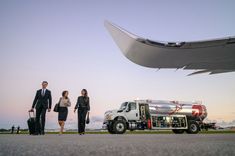
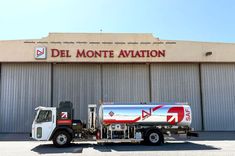
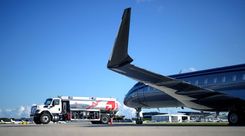


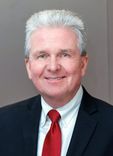
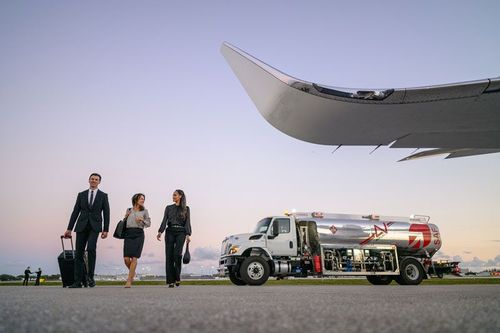
SAF remains perhaps the most important driving factor behind business aviation's commitment to achieving net-zero carbon emissions by 2050, according to the National Business Aviation Association. IMAGE: AVFUEL
September 2, 2025
BY Keith Loria
Advertisement
Advertisement
Related Stories
The U.S. EIA on Aug. 29 released data showing total U.S. operable biofuels capacity expanded slightly in June, with small gains for both ethanol and renewable diesel. Feedstock consumption was up when compared to the previous month.
LanzaTech, Mibelle Group, and Fraunhofer IGB achieve technology breakthrough with production of palm oil substitute
LanzaTech Global Inc. on Sept. 2 announced the company has partnered with Fraunhofer Institute for Interfacial Engineering and Biotechnology IGB and the Mibelle Group to develop a HEFA pathway for SAF using a palm oil alternative.
Sky’s the Limit
Colocated with the 2025 International Fuel Ethanol Workshop and Expo, this year’s Sustainable Fuels Summit offered key insights into future SAF markets, feedstocks and opportunities.
Finnish company Liquid Sun is launching a globally unique pilot project to produce eSAF from biogenic CO₂ emissions. The pilot aims to establish a functioning ecosystem and value chain for synthetic fuel production in Finland.
An Air France Airbus A220 on Aug. 25 completed its delivery flight from Airbus’ site in Mirabel to Paris powered by SAF. The delivery marked the first time Airbus in Canada directly issued official sustainability credentials for SAF to a customer.





